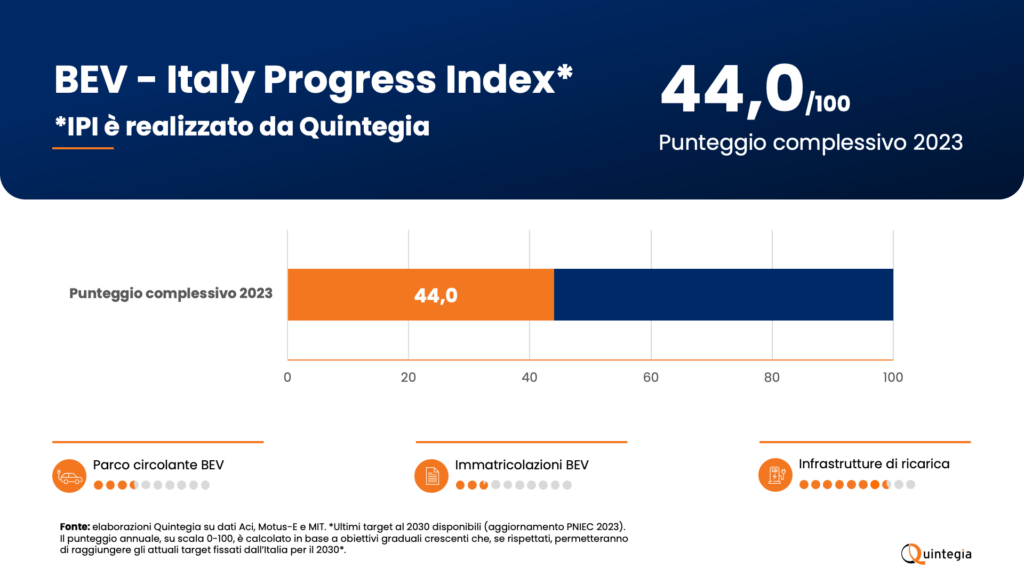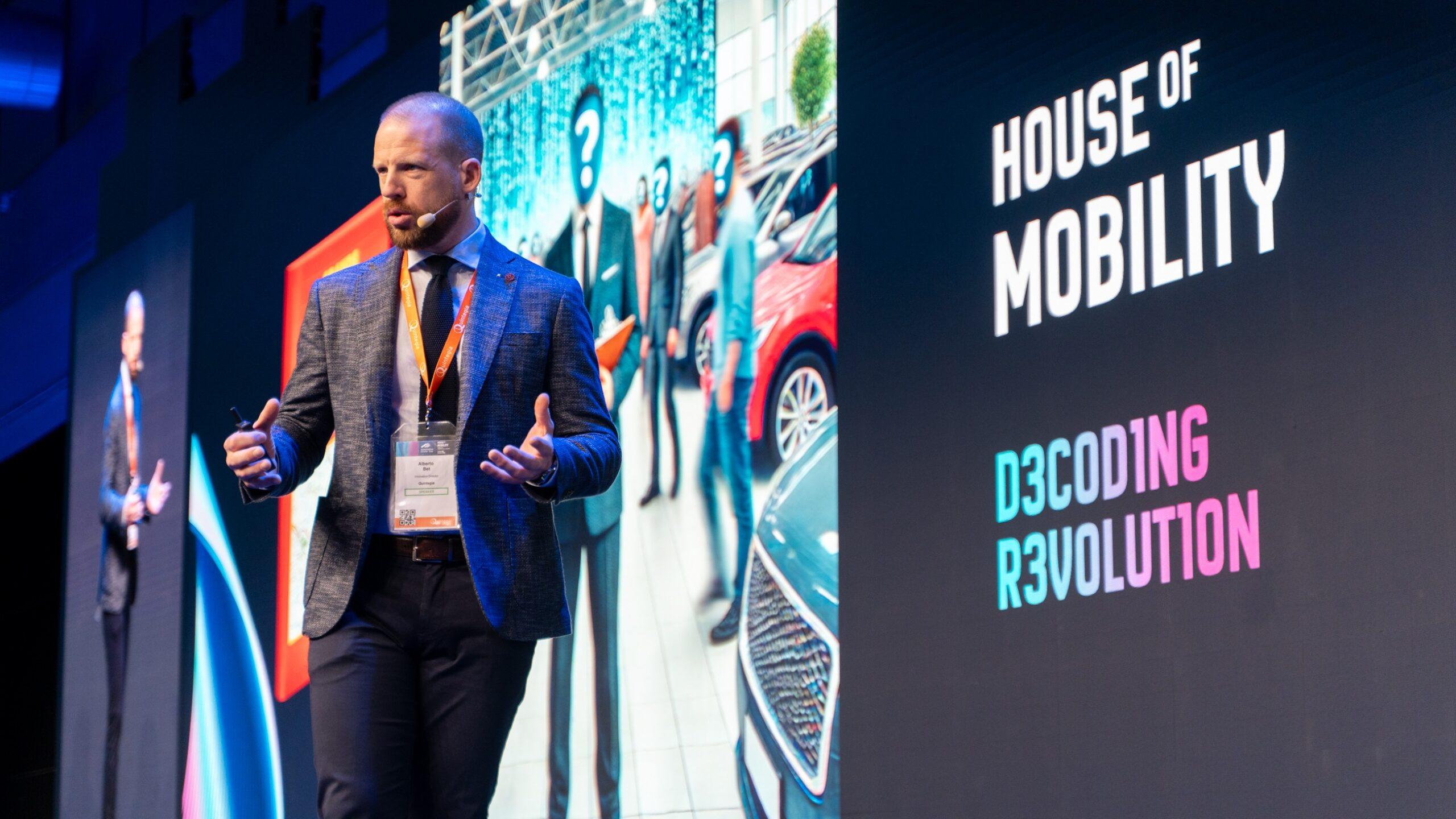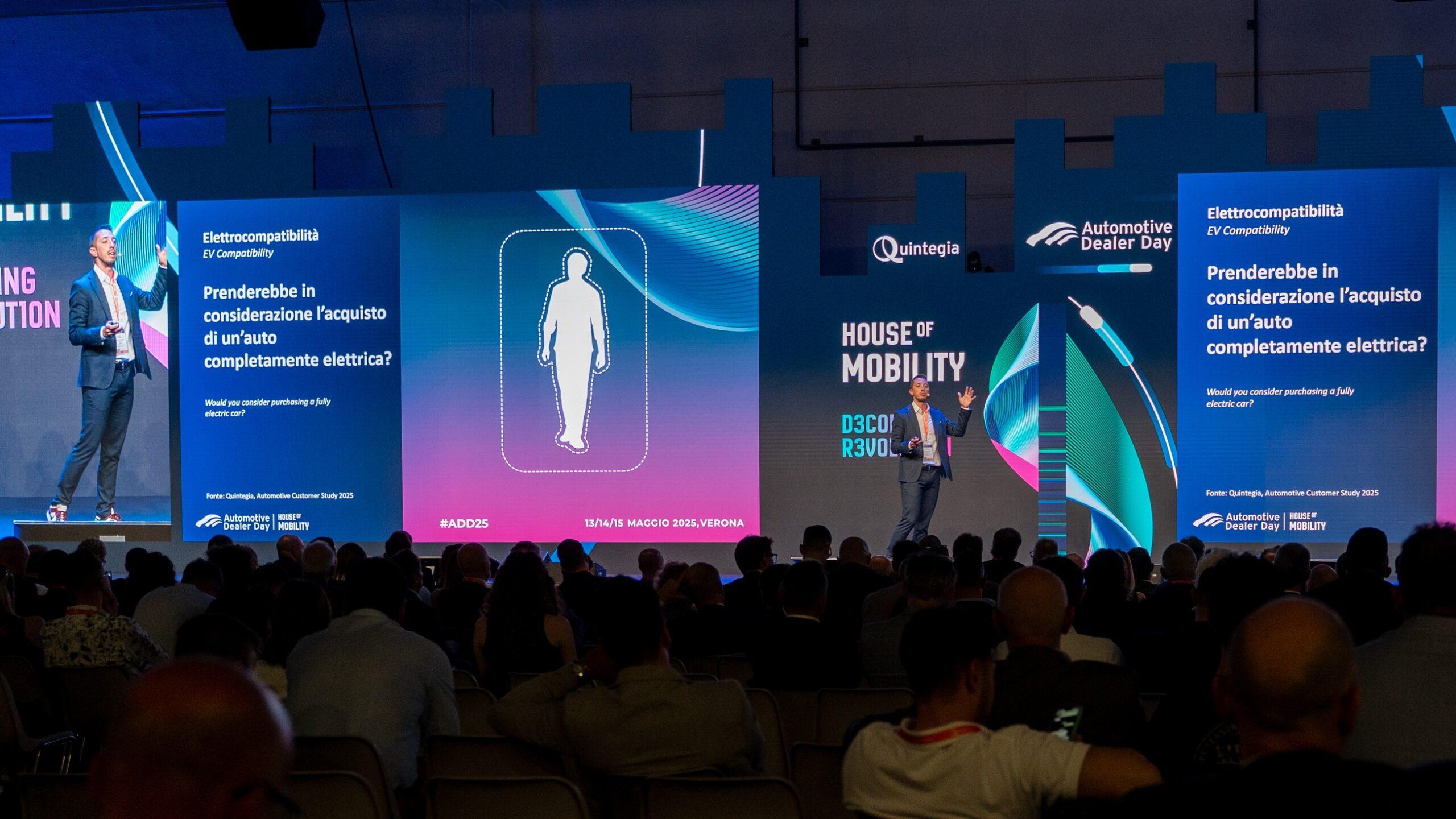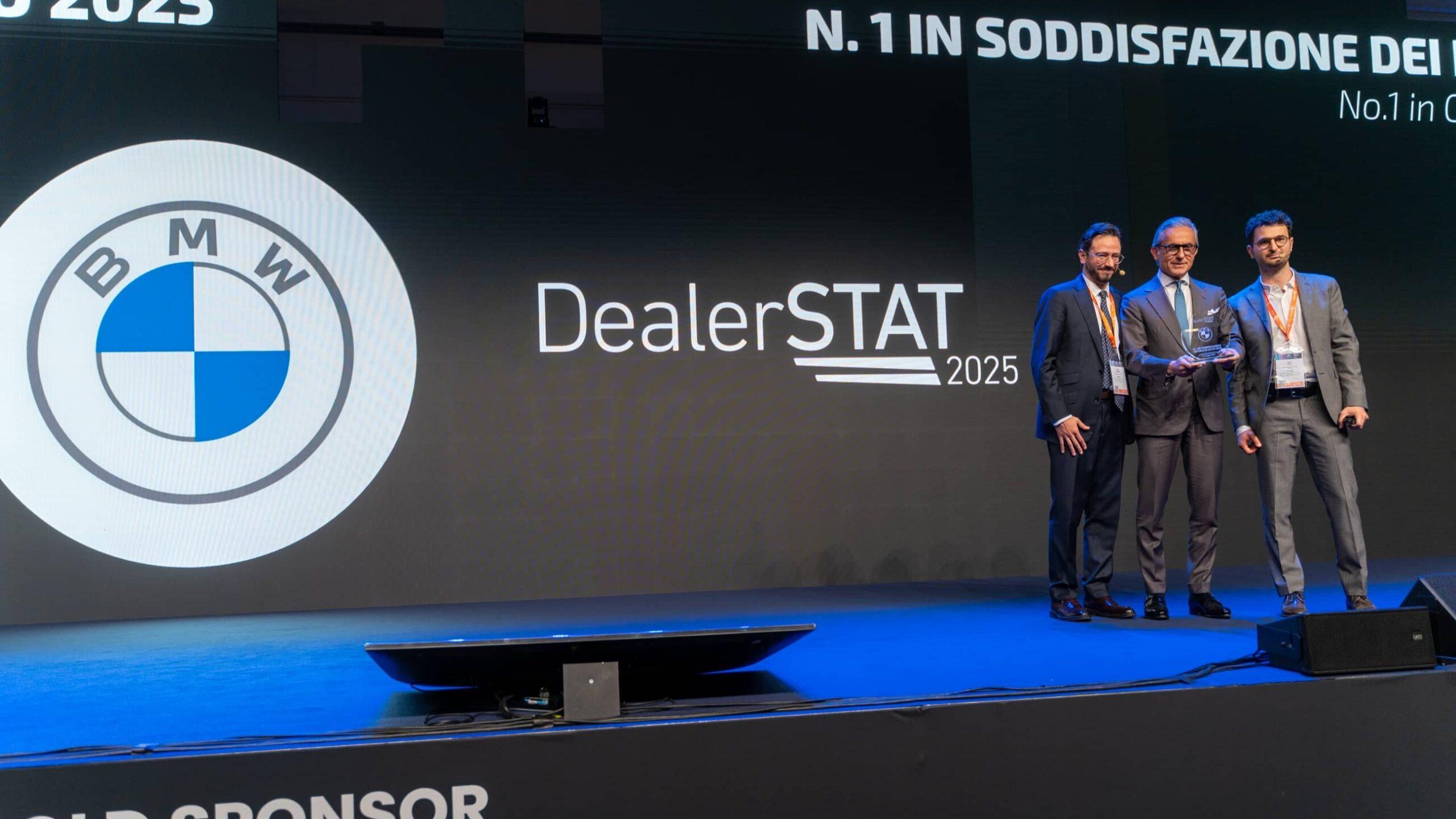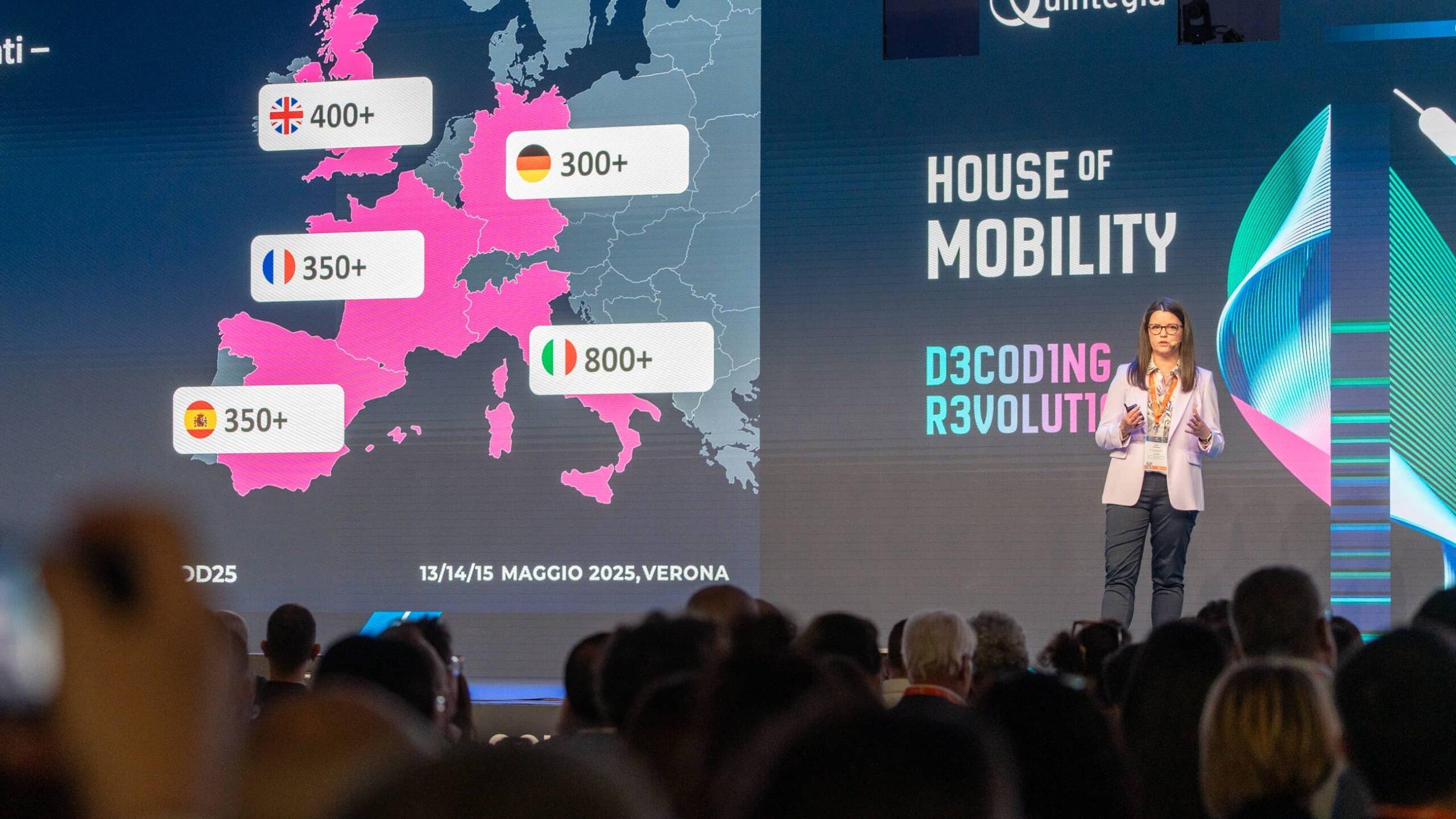Italy is moving determinedly towards a more sustainable future, but the path towards electrification faces significant obstacles. According to the latest Italy Progress Index by Quintegia, our country is progressing towards the 2030 goal at a moderate pace, highlighting a notable delay. The National Integrated Plan for Energy and Climate (PNIEC) sets the ambitious target of 6.6 million electric vehicles (BEV and PHEV) on the road by 2030. However, data as of 2023 indicate that Italy needs to pick up the pace to achieve these goals.
The Italy Progress Index score for the entire year of 2023 stands at 44.0 out of 100. This evaluation underscores the need for significant acceleration both in the adoption of electric vehicles and in the development of charging infrastructures.
Quarterly Analysis for 2023: Highs and Lows in Electrification in Italy
The trend of electrification in Italy throughout 2023 proved to be a veritable rollercoaster, as revealed by the quarterly analysis of the Italy Progress Index. The journey through the year began with momentum, buoyed by a promising fourth quarter of 2022, prompting cautious optimism for the immediate future. However, although meeting initial expectations with a first quarter 2023 growth to 46.4 points, the path has encountered quite a bit of turbulence.
The trend, in fact, has since been steadily eroding, registering an alarming decline to a low of 41.9 out of 100 in the third quarter of 2023. This value not only represented a step backward from the 44.4 score achieved at the end of 2022, but also marked a moment of reflection on the speed and effectiveness of the country’s electrification process.
Fortunately, the last quarter of 2023 witnessed a positive turnaround, with a rebound elevating the index to 45.1. This recovery, though partial, provided a breath of fresh air and helped to soften the otherwise overly negative annual outcome. Nevertheless, it is clear that the road to the ideal goal of 100 remains long and challenging.
Critical Factors and Positive Developments
The main drivers behind these results are the registrations of new vehicles and the expansion of the circulating fleet. The recovery observed in the last three months of 2023, with a 54% increase in registrations compared to the corresponding period of 2022, contributed to an annual increase of 34.5%. The BEV vehicle fleet has surpassed 220,000 units, marking a +32% compared to the previous year, mainly thanks to the boost in the fourth quarter. Charging stations also saw significant growth, with 13,906 new points installed by 2023, reaching a total of 50,678 stations in public use (Source: Motus-E).
Nicola Pasqualin, Senior Researcher & EV Expert at Quintegia, highlights that despite the last quarter of 2023 showing signs of growth, the overall situation remains challenging. However, the introduction of new incentives in 2024 could significantly stimulate BEV registrations and have a positive impact on the entire automotive market, including plug-in hybrids and thermal vehicles with emissions up to 135g/km of CO2.
In conclusion, electrification in Italy is progressing but faces significant challenges. To achieve the 2030 goals, it is crucial to accelerate the adoption of electric vehicles and the development of charging infrastructures. Future progress will depend on the joint commitment of government, industry, and citizens to embrace sustainable mobility.

